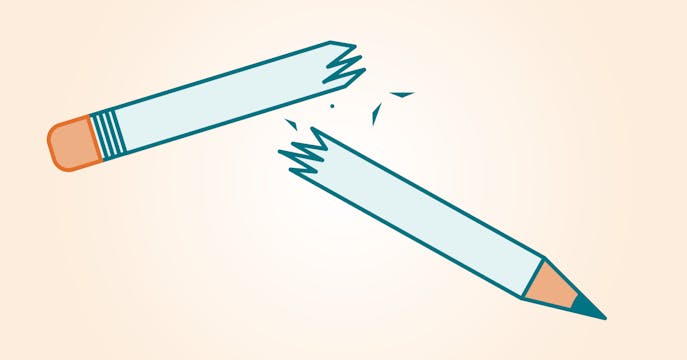Here's a deeper look at the numbers playing into this rate cycle.
Canada's May inflation numbers are as conflicted as our trade relationship with the U.S.
Canada's headline inflation in May matched the 1.7% rate recorded in April, with base year effects partially offset by the removal of the carbon tax. Stripping out the energy component puts it at 2.7% (down from 2.9% last month). The average of median and trim core inflation eased only slightly to 3.0% from 3.1%, still at the top of the Bank of Canada's target range.
What does May's inflation report mean for an interest cut this summer? Still leaning hawkish (aka another pause). The Bank of Montreal chief economist, Douglas Porter, said it best, outlining the murkiness underlying the headline rate: "...the breadth of inflation was a bit more troubling, with 47% of the core basket now above 3%, from 42% in April. Not encouraging."
There's debate as to whether economic cooling will help keep inflation in check as the weeks march on, and whether the potential for a trade deal between Canada and the U.S. (which could be inked by July 21, the next Trump deadline) could alleviate pressure on future price increases.
One more CPI reading before the July 30 BoC rate decision could provide a clearer indication of how inflation is responding to tariffs and global volatility, and whether the central bank intends to keep rates on hold a little longer.
Canadian May labour market numbers show more weakening.
Canada's May unemployment rate rose to 7.0%, a 9-year high (excluding the 2020/21 pandemic years), despite the creation of 8.8K jobs.
Private sector jobs showed more promising gains. However, hiring intentions have slowed across the board, and it is taking longer for people to secure full-time work. Youth and summer students (the demographic aged 15-24 years) are experiencing a 20.1% unemployment rate, not seen since May 2009.
The Bank of Canada viewed the job creation as an unexpectedly positive sign amid tariff turmoil. However, a recent payroll and vacancies report reveals further softening that wasn't captured in the main labour report, including higher job losses and the lowest job vacancy rate since October 2017.
Economic growth declines, pulled down by trade turmoil.
In 2024, Canadian GDP grew by more than expected, with a revised annualized pace of 2.6% (real GDP Q4 growth was 0.4%, quarter-over-quarter).
But in 2025, tariff trouble is disrupting a post-pandemic recovery — how much remains to be seen.
So far this year, growth forecasts have sailed into stronger headwinds. Q1 2025 saw an unexpected GDP gain of 0.4%, matching the increase in Q4 2024, likely due to consumers and businesses attempting to get ahead of the trade war.
However, April GDP contracted by 0.1%, dragged down by sectors most affected by the ongoing U.S. trade turmoil. May and Q2 2025 results are also lining up on the negative side.
Will the negative GDP dips be enough to sway the Bank of Canada to cut interest rates again this summer? They might, if inflation doesn't show signs of an immediate surge.
Economic volatility is impacting Canadian housing markets.
National housing sales fell again in March 2025, and listings increased slightly; home prices remained relatively stable.
Will lowering interest rates (and new mortgage rules favouring younger buyers) encourage some buyers out this spring despite the trade-induced economic turmoil? Perhaps not, if financial concerns override the spring feeling of looking for a new home — or if home prices rise from a lack of inventory.
U.S. economy and rate-cut pace.
Like it or not, our countries' economies are closely linked.
With a Trump presidency, here are some current concerns:
- U.S. trade policies are causing supply and demand shocks that may increase inflation in both countries
- U.S. tariffs of 25% (or more) on Canadian imports (and Canada's expected retaliations) could devastate our economy (Canada does about 75% of its export business with the U.S.) and eventually un-complicate the BoC's rate cut decisions with an outsized need to spur the economy
- Immigration issues between the two countries may further diminish our labour productivity
- The U.S. dollar is decreasing due to its trade stance, pushing up the Canadian dollar (disinflationary), but also indicates a worrying destabilization of world markets
- Interest rate divergence between the two central banks is now at 2.0%, pressuring input prices
- Proposed U.S. taxes (section 899 of the One Big Beautiful Bill Act) on Canadian investments and companies could have a significant impact on our economy
- Investors are fleeing long-term U.S. Treasury bonds, which is increasing yields and adding to concerns that the U.S. will be able to manage ballooning debt down the road





